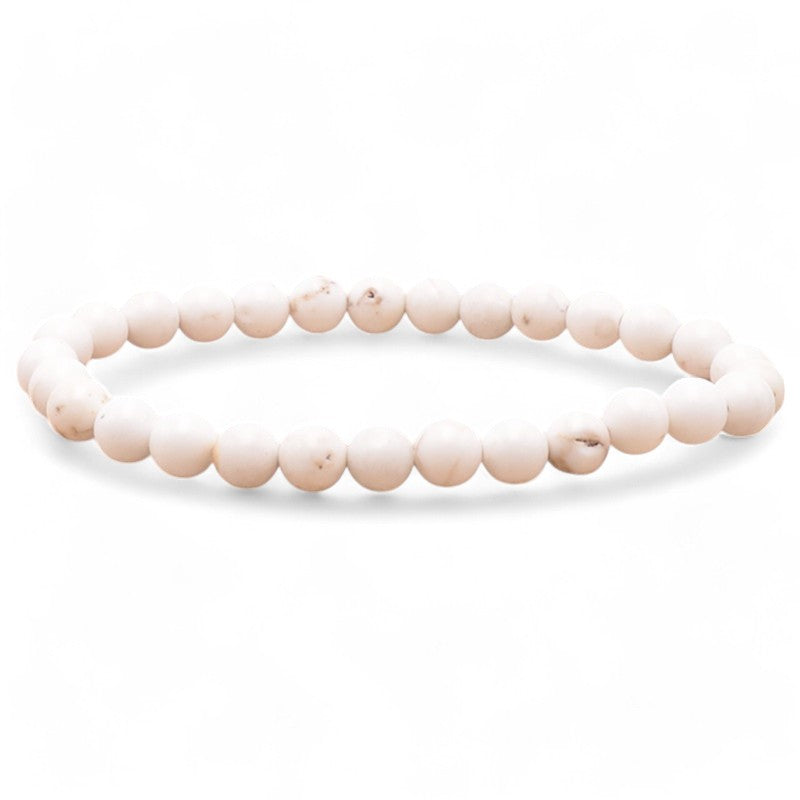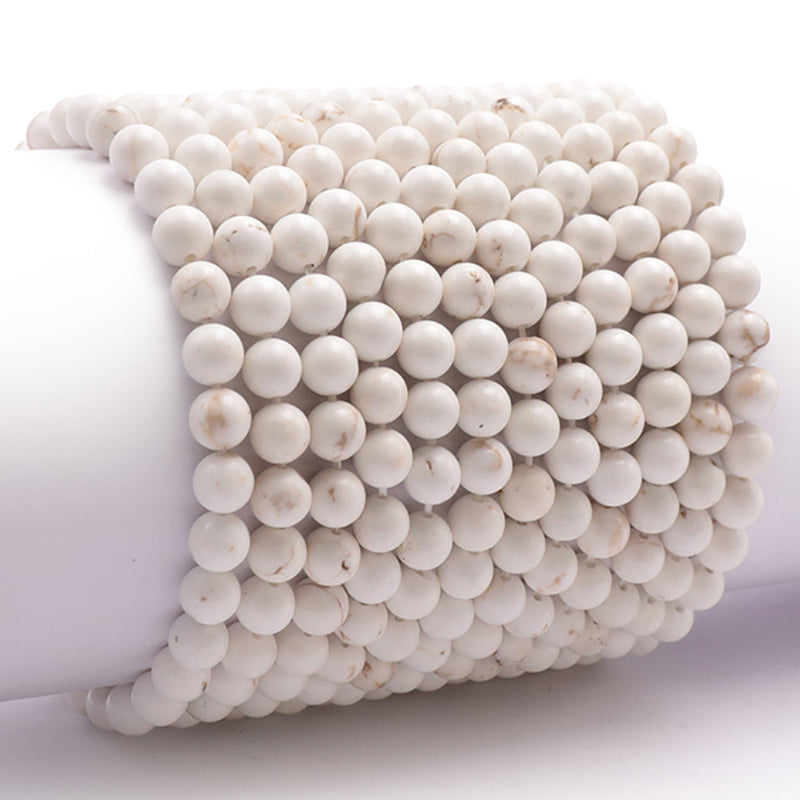1
/
of
3
Magnesite bracelet South Africa A (5-6mm balls)
BRA-MAGN-01
8c984efa-30a8-5524-41cc-ae7b332135e6
028d80eb-2b30-41d4-b221-bda49eca04cf
- Regular price
-
7,90 € - Regular price
-
- Sale price
-
7,90 €
Tax included.
Shipping calculated at checkout.
Couldn't load pickup availability
Learn more
BRA-MAGN-01
Origin: South Africa
Grade: A
Dimensions:
Approx 17-18cm - Fits all wrists with a size of 16-18cm
Weight:
About 10g
Origin:
South Africa
Grade:
A = good
A = good
Elastic bracelet made of 5-6mm magnesite beads
Patterns and colors may vary from bracelet to bracelet.
Find the characteristics of the stone in our dedicated section here:
https://www.laboiteacailloux.com/collections/magnesite
Features
Color :
- White
Astrological sign:
Stone Type:
- Baroque Stones
Age :
- Adults
Gender :
- Unisex



Magnesite bracelet South Africa A (5-6mm balls)
- Regular price
-
7,90 € - Regular price
-
- Sale price
-
7,90 €
8c984efa-30a8-5524-41cc-ae7b332135e6
028d80eb-2b30-41d4-b221-bda49eca04cf
-
100% SECURE PAYMENT
Paypal, credit card, check, transfer
-
FREE DELIVERY
from 40€ purchase
-
SATISFIED OR REFUNDED
14 days to change your mind
-
CUSTOMER SERVICE AVAILABLE
contact@laboiteacailloux.com
Subscribe to our newsletter
to receive all our offers, good deals and new products from La Boite à Cailloux




